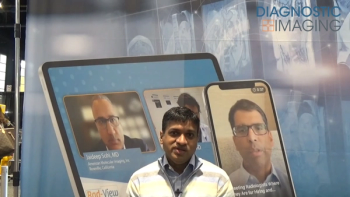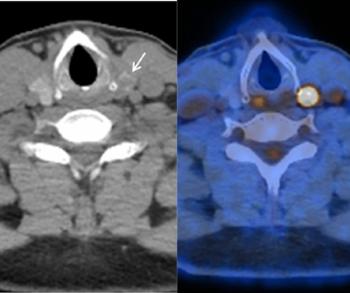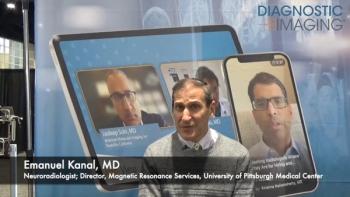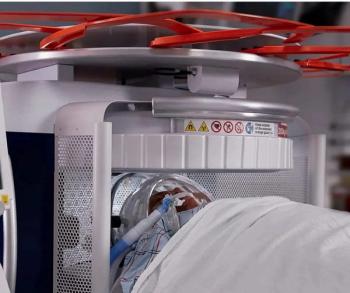
A Closer Look at New Guidelines for Molecular Imaging of Renal Masses: An Interview with Steven Rowe, MD, Part 2
In the second part of a recent interview on new molecular imaging guidelines for renal masses, Steven Rowe, M.D., discussed the off-label utility of the mitochondrial imaging agent 99mTc-sestamibi and the potential role of AI in advanced imaging for indeterminate renal masses.
While the imaging agent 99mTc-sestamibi has FDA-approved indications for myocardial perfusion and molecular breast imaging, Steven Rowe, MD, PhD, said off-label use of the modality offers a twofold utility for characterizing indeterminate renal masses.
In an interview with Diagnostic Imaging to
“It’s not that that the more aggressive cancers don't have mitochondria, but they have a set of proteins on their surfaces that are often referred to as multi-drug resistance pumps. … The most common types of aggressive renal cancers are derived from parts of the kidney called the distal tubules and the distal tubules have evolved (to) specifically get rid of small organic molecules, which 99mTc-sestamibi is, so the cancers tend to spit it out as fast as it accumulates in them,” explained Dr. Rowe, a professor of radiology and director of human subjects research in radiology at the University of Texas Southwestern Medical Center in Dallas.
Noting that the renal mass is a “very heterogeneous and complex entity,” Dr. Rowe suggested that artificial intelligence (AI) may evolve to a point where it considers a variety of imaging data and clinical information to facilitate improved efficiency in clinical decision-making for indeterminate renal masses.
“Combining all of that together in a sort of a digestible way is not necessarily easy, or at least not easy for humans. I am hoping that's maybe where AI can pick up and run with this, to take all that information and provide a very sort of nuanced look at the patient's tumor and whether that tumor needs to be treated or whether it can be safely observed,” posited Dr. Rowe.
(Editor’s note: For related content, see “
For more insights from Dr. Rowe, watch the video below.
Newsletter
Stay at the forefront of radiology with the Diagnostic Imaging newsletter, delivering the latest news, clinical insights, and imaging advancements for today’s radiologists.




























